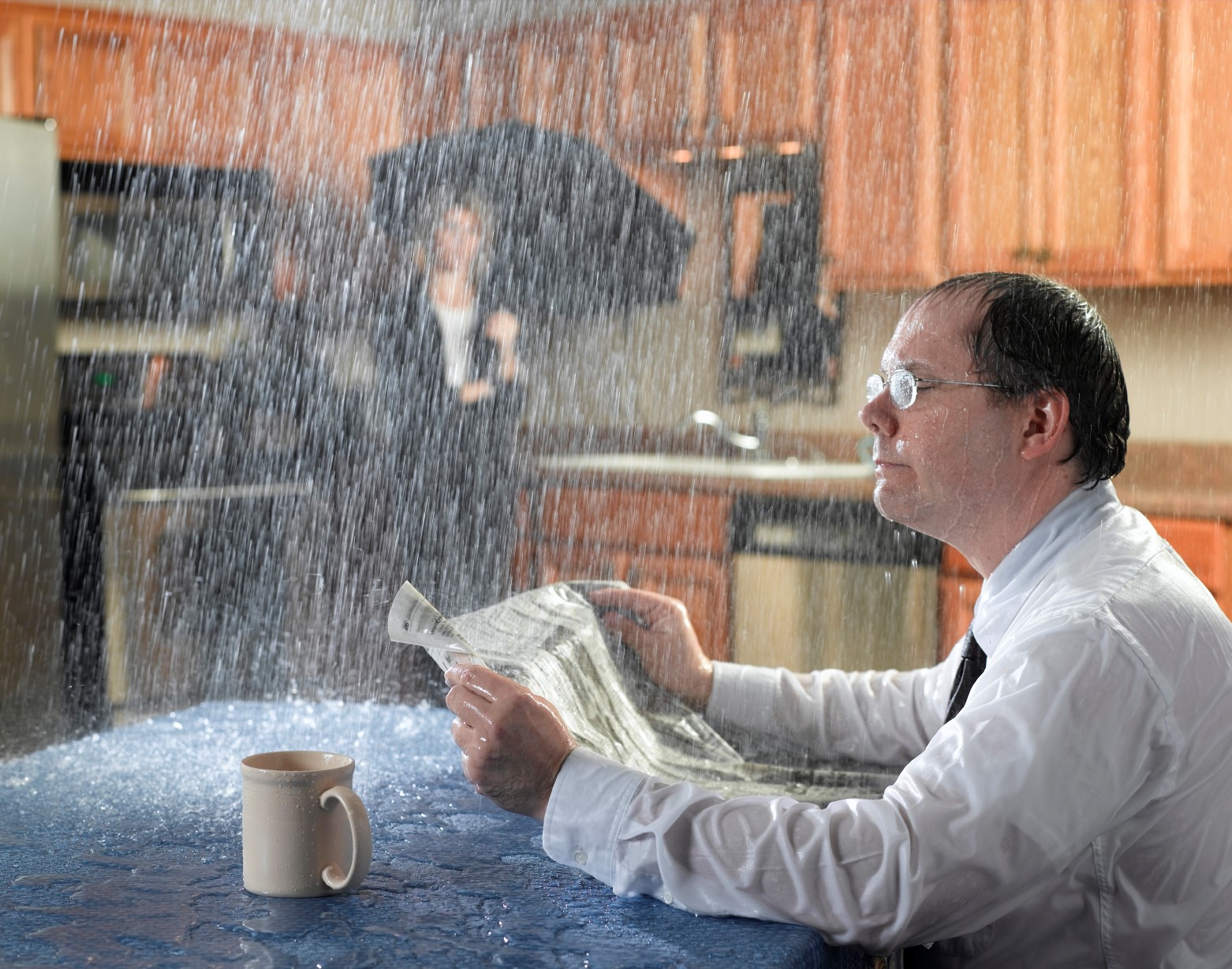Learning About The Factors Behind Water Seepage Are So Common Within Your Residence
Learning About The Factors Behind Water Seepage Are So Common Within Your Residence
Blog Article
We have uncovered this great article involving Common Water Leaks In House down the page on the internet and believe it made sense to talk about it with you on this page.

Leaks not only trigger waste of water however can likewise create unneeded damages to your house and also promote unwanted organic growth. Water leaks might go undetected given that many of the pipework in our house is hidden. By comprehending and also looking for everyday situations that cause leaks, you can protect your house from future leaks and unneeded damages. Today, we will check out 6 leakage creates that may be triggering your pipes to trickle.
Instantaneous temperature changes.
Severe temperature level changes in our pipelines can create them to increase and also get all of a sudden. This expansion and also tightening might cause cracks in the pipelines, specifically if the temperature level are below freezing.
Rusty water systems
This could be the cause of discoloration or warping on your water pipes. If our plumbing system is old, consider replacing the pipes because they are at a higher risk of corrosion than the newer models.
Defective Pipeline Joints
The factor at which your pipelines attach is regularly the weakest web link in the waterline. Pipeline joints can wear away in time, leading to water leakages. The majority of pipe joints are not quickly visible. If you have noisy pipes that make ticking or banging noises, especially when the hot water is activated, your pipeline joints are most likely under a lot of pressure. It is a good idea to have your plumber check your system yearly.
Intruding origins
Most water leakages start outside the residence instead than inside it. You could observe wet spots or sinkholes in your backyard, and that could imply that tree origins are getting into water lines causing water to permeate out.
Poor Water Connectors
Sometimes, a leak can be brought on by loosened tubes as well as pipes that supply your devices. More often than not, shifting is what causes the loose water Connections. You might discover in the case of a cleaning device, a hose may spring a leakage due to shaking during the spin cycle. In case of a water connections leak, you might discover water running straight from the supply line or puddles around your appliances.
Obstructed Drains
Obstructed drains may be annoying and inconveniencing, yet they can sometimes wind up creating an overflow resulting in break pipes. Maintain removing any type of materials that might drop your drains that can obstruct them to prevent such aggravations.
All the above are sources of leakages however not all water leaks result from plumbing leakages; some leaks might come from roof leaks. All leakages need to be repaired instantly to stay clear of water damage.
Leakages not only trigger waste of water yet can also cause unnecessary damage to your home and advertise undesirable organic growth. By looking and also recognizing for day-to-day scenarios that create leakages, you can safeguard your house from future leaks as well as unnecessary damage. Today, we will certainly look at six leak triggers that may be triggering your pipelines to trickle.
At times, a leakage can be caused by loosened pipes as well as pipelines that provide your home appliances. In situation of a water connections leak, you may discover water running directly from the supply line or puddles around your appliances.
How To Check For Water Leak In Your Home
How To Check for Leaks
The average household's leaks can account for nearly 10,000 gallons of water wasted every year and ten percent of homes have leaks that waste 90 gallons or more per day. Common types of leaks found in the home are worn toilet flappers, dripping faucets, and other leaking valves. These types of leaks are often easy to fix, requiring only a few tools and hardware that can pay for themselves in water savings. Fixing easily corrected household water leaks can save homeowners about 10 percent on their water bills.
To check for leaks in your home, you first need to determine whether you're wasting water and then identify the source of the leak. Here are some tips for finding leaks:
Take a look at your water usage during a colder month, such as January or February. If a family of four exceeds 12,000 gallons per month, there are serious leaks.
Check your water meter before and after a two-hour period when no water is being used. If the meter changes at all, you probably have a leak.
Identify toilet leaks by placing a drop of food coloring in the toilet tank. If any color shows up in the bowl after 10 minutes, you have a leak. (Be sure to flush immediately after the experiment to avoid staining the tank.)
Examine faucet gaskets and pipe fittings for any water on the outside of the pipe to check for surface leaks.
Undetected water leaks can happen without the home or business owner even realizing. If you suspect a water leak, but not able to find the source. It is time to contact a professional water leak detection service, The Leak Doctor.
How To Find a Water Leak In Your Home
https://www.leakdoctor.com/blog/How-To-Check-For-Water-Leak-In-Your-Home_AE197.html

We are very taken with How to Find Water Leaks and I'm hoping you enjoyed the entire blog entry. Are you aware of anybody else who is interested by the niche? Why not promote it. Thanks for taking the time to read it.
Get Estimate Report this page